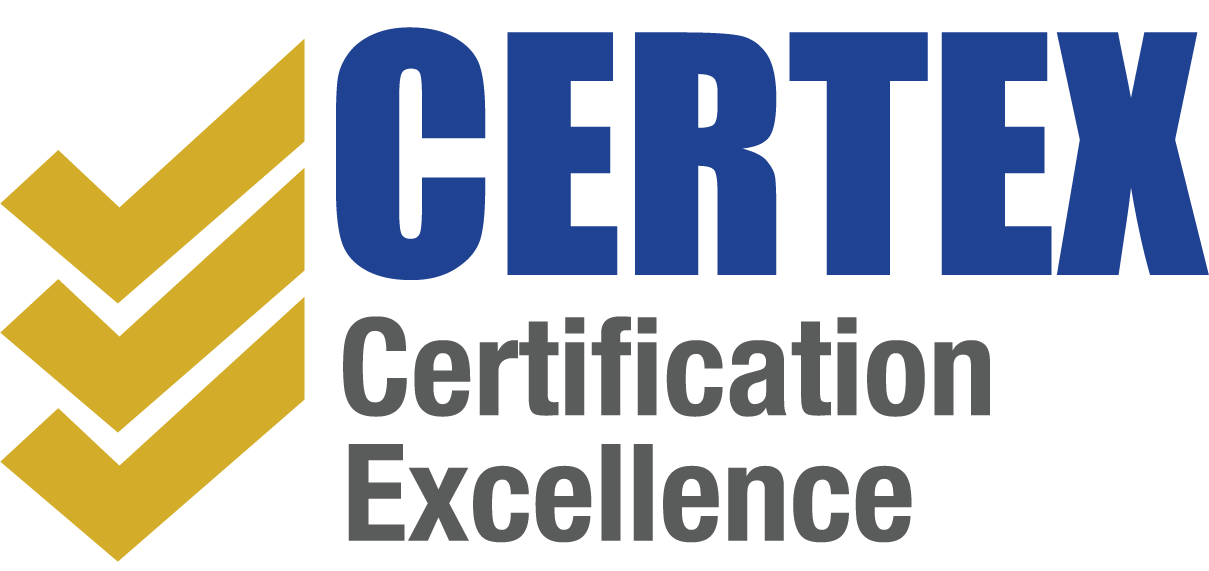Maintaining Safety Compliance in a COVID-Safe Way
October is National Safe Work Month and we’re taking this opportunity to look back at the last few months of iSafe Assessments to review the trends we’ve seen.
To state the obvious, this year has brought massive change to all of us as individuals, and just as big an effect on Australian businesses.
Businesses can be in many different positions depending on their situations. Some states and industries have returned to ‘normal’ while others are still experiencing tight restrictions.
Even if your business has emerged unscathed, do remember that it is not over yet. Even if already back to some normality, there is a risk of breakouts locally or in a particular industry, and this risk may remain for some time – years perhaps. All businesses need to maintain awareness of the potential business and health impacts on their workers.
It is imperative that all businesses continue to monitor the health of their workers. The risk of infection is not just in the workplace but may be social activities or travel or exposure to “hotspots”; some have a higher vulnerability themselves or are caring for others who may be vulnerable. Having an effective but non-invasive means of checking the health and vulnerability of your workers is important.
Many businesses have shifted their working arrangements to working from home, and whilst some workers in some areas are now returning to the office, this is a shift that suits many and is likely to be here for good. The challenge here is how can businesses manage and monitor WHS risks for those working from home, particularly as many homes won’t have separate rooms for working, or proper desks and chairs? Mental health, which has worsened with isolation and significant changes, is an area of growing concern.
Throughout this period the iSafe Program has been adapting and continuing to provide valuable information to members and host clients.
The iSafe assessments have been expanded to include questions to host clients about their response to the pandemic, how they manage workers who may be working from home, how they provide distancing and hygiene in the office, and how they respond to positive and potential cases of infection.
We have been finding that whilst some businesses have been particularly well organised and were able to respond effectively and quickly, most either had no procedure for monitoring working from home situations or had documents with those words but which were really not helpful. Many Working from Home Procedures we’ve seen have been developed for mostly ad hoc implementation and haven’t been revised to consider the current situation and increased use of working from home for extended periods.
We have also found that so many businesses have been overlooking the “health” component in Workplace Health and Safety. More than anything before it, the pandemic has put health back to the significance it demands. Workplace health can be a broad concept, and today both infections and mental health are high risks. This is not an easy area to manage as it must be relevant, current, non-intrusive and sensitively managed; and as a consequence, it has not often not been done at all.
It is essential that businesses remain aware of the status of restrictions, not only in their home state but in other areas where they may have branches, or clients or workers living and/or travelling to and from.
The iSafe Program can be a very valuable service to assist in evaluating the level of risk of your workers placed with host clients, and assessing the situation of your workers at home, and not least in assessing the level of risk in your own workplace for your own workers.
We also have a range of Covid-19 resources which include templates for a Pandemic Policy (general statement), Pandemic Plan (specific actions), and links to key website for up to date information.

